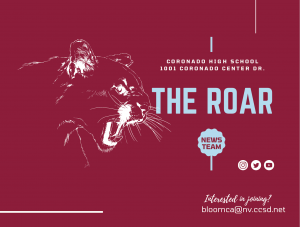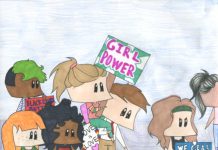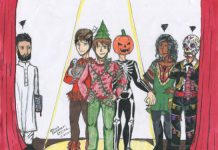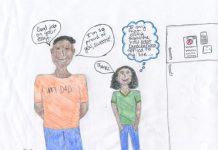By Bekah Denny
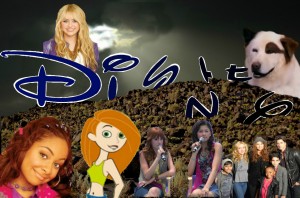
Disney shows aren’t what they used to be. When changing the channel, you knew that you would be receiving quality entertainment with a strong plot and a meaningful message at the end of the episode. Now the new shows on Disney Channel include weak attempts at humor, stereotypes galore, and predictable plot lines.
In Disney culture, 2003 to 2007 is considered the age of “That’s so Raven”, a show about a highschool girl with the ability to see into the future. Though the storyline was dependent on a psychic with fantastical abilities, the overall message confronted social discriminations of race, body type, and the struggles of high school friendships. In an episode directly targeting the body image controversy, Raven said, “If you haven’t noticed, people come in all different shapes and sizes, and they’re all beautiful.” Thus rendering the show a favorite.
“The Suite Life of Zack and Cody” pushed the barrier even further with a show that confronts the issue of eating disorders in a light and comprehensible way for young tweens. The show dove head first into the issue by going to the extreme of things with Maddie, a smart blonde worker at the Tipton, starving herself because she couldn’t fit into a “supermodel’s” clothing for a charity fashion show. While London, the spoiled aristocratic bimbo, was overeating so she could also fit into the “supermodel’s” clothing. Confronting the stereotype that everyone wants to be thin and curvy by spreading a body positive message at the end of the episode.
Disney Channel decided to go in the opposite direction from “That’s so Raven” and “The Suite Life of Zack and Cody” when their new show “Shake it Up” made an anorexia joke. The offensive wisecrack was made by a “model” speaking to the two main characters, CeCe and Rocky, saying “I could just eat you up, well, if I ate.” This remark shocked fans of the show and previous child stars of Disney Channel like Demi Lovato.
“Eating disorders are not something to joke about,” said Lovato on Twitter after seeing the episode.
Another hit show during the “Raven” age was the unstoppable “Kim Possible” who challenged sexism in a unique and entertaining way. Reversing superhero gender norms while still maintaining a male’s capabilities. Possible defeats bad guys and still preserves her feminine characteristics, while Wade, the genius hacker and hero in his own rights, saves Kim and her “sidekick” Ron on more than one occasion; emphasizing that gender equality can be achieved.
Since then Disney has brought out “Jesse,” a show where the female protagonist has to take her “last option” job of being a nanny in New York, where her employers are a supermodel and director, and the female children are cliche “girly girls.” The boys are also portrayed in stereotypical ways. For example, Luke, the male protagonist, is obsessed with sports and could be considered extremely thick skulled. Ravi, on the other hand, is the unmasculine male protagonist and is given the “asian” stereotype of being incredibly obsessed with school and grades. “Jesse” is filled with stereotypical characters which subconsciously change children’s minds into thinking they have to fit the mold rather than let their uniqueness shine.
Disney has changed drastically over the last 10 years. The use of gender roles, positive or negative body image, and underlying themes sent to young children have shifted the once trustworthy television channel into a questionable pastime for their young audience.
